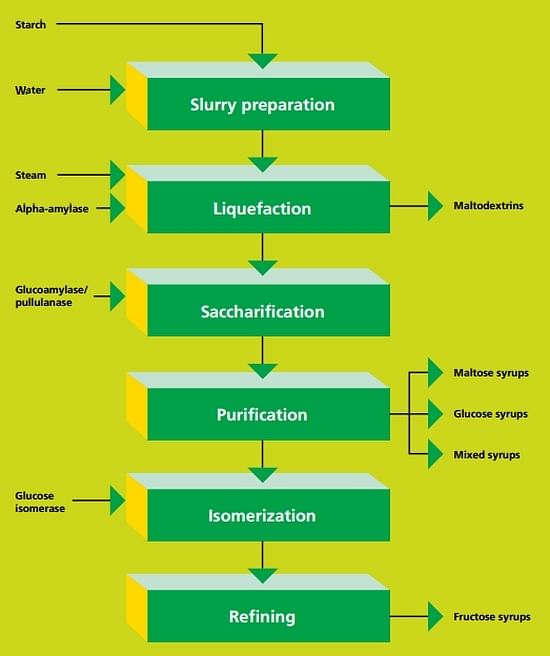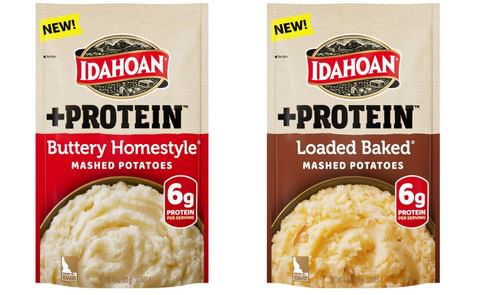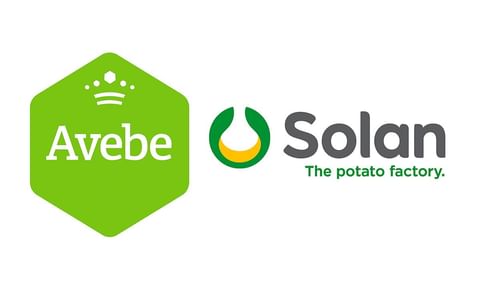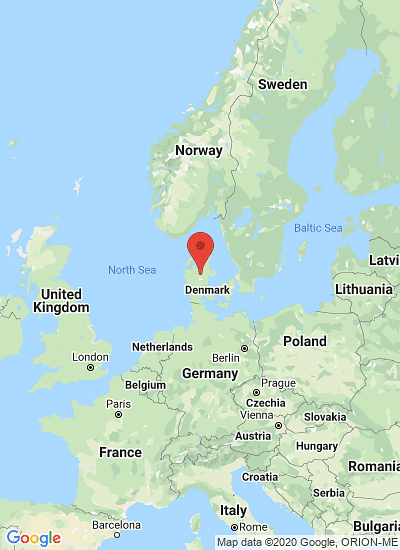Novozymes announced the launch of a new enzyme solution that helps make starch conversion more efficient.
The starch industry is one of the longest-standing markets for enzymes, and within the food industry helps to produce a wide range of sweeteners and ingredients used in products ranging from soft drinks to sauces.
“Customers have been asking for new ways to make starch conversion more efficient. LpHera simplifies the process and offers significant savings to starch processors,” says Thomas Nilsson, Global Launch Manager for food at Novozymes.
“Through boosting yields, cutting chemical usage in half and facilitating water and energy savings, LpHera saves a starch processor up to 1 USD per metric ton of substrate. Starch plants vary in size and can process from 0.2 to over 1 million ton of substrate each year. So if a plant process 0.5 million ton of substrate, they can so save up to 0.5 million dollars per year compared to today’s technology.”
A sweeter look at a complex industry
Starch is the energy source of plants and can be found in cereals, tubers, roots and other plants. Globally, approximately 60 million tons of starch is converted into sweeteners and ingredients per year, and these are used in a wide variety of popular consumer food products, including confectionery, soft drinks, sauces and canned fruits.
There are four basic steps involved in starch conversion – separation, liquefaction, saccharification and isomerization. Separation is the first stage where the raw material, often corn, is milled to separate the starch from the oil, protein and fibers. Enzymes ease this process and the starch is usually present in a water slurry which is passed on to the next stage, known as liquefaction. This is where the enzyme breaks down the large starch molecules into smaller ones called maltodextrins. In the third stage, saccharification, enzymes break the maltodextrins into even smaller glucose molecules. During the fourth stage, isomerization, the glucose is converted into fructose which in turn enables the production of high fructose syrup and crystalline fructose used commonly in the food and beverage industries.

Major steps in enzymatic starch conversion (Novozymes).
LpHera - the industry’s lowest total cost of conversion
LpHera targets liquefaction and is designed to break down starch in a way that creates more dextrose when compared to the conventional enzymes used during this process stage. Traditionally, liquefaction takes place at pH 5.5, and chemicals are used to raise pH levels before liquefaction and again at the end of the process to ensure the lower pH necessary for the next step in starch processing, saccharification.
“LpHera brings the liquefaction pH level as low as 4.5-4.8. This means you can reduce your use of pH chemicals in some instances by more than 50%,” says Thomas Nilsson. “This also enables additional energy, water and wastewater savings.”
Liquefaction with LpHera also increases dextrose yields by 0.2 % points. As starch customers are processing large amounts of starch every day, such an increase can be significant.










